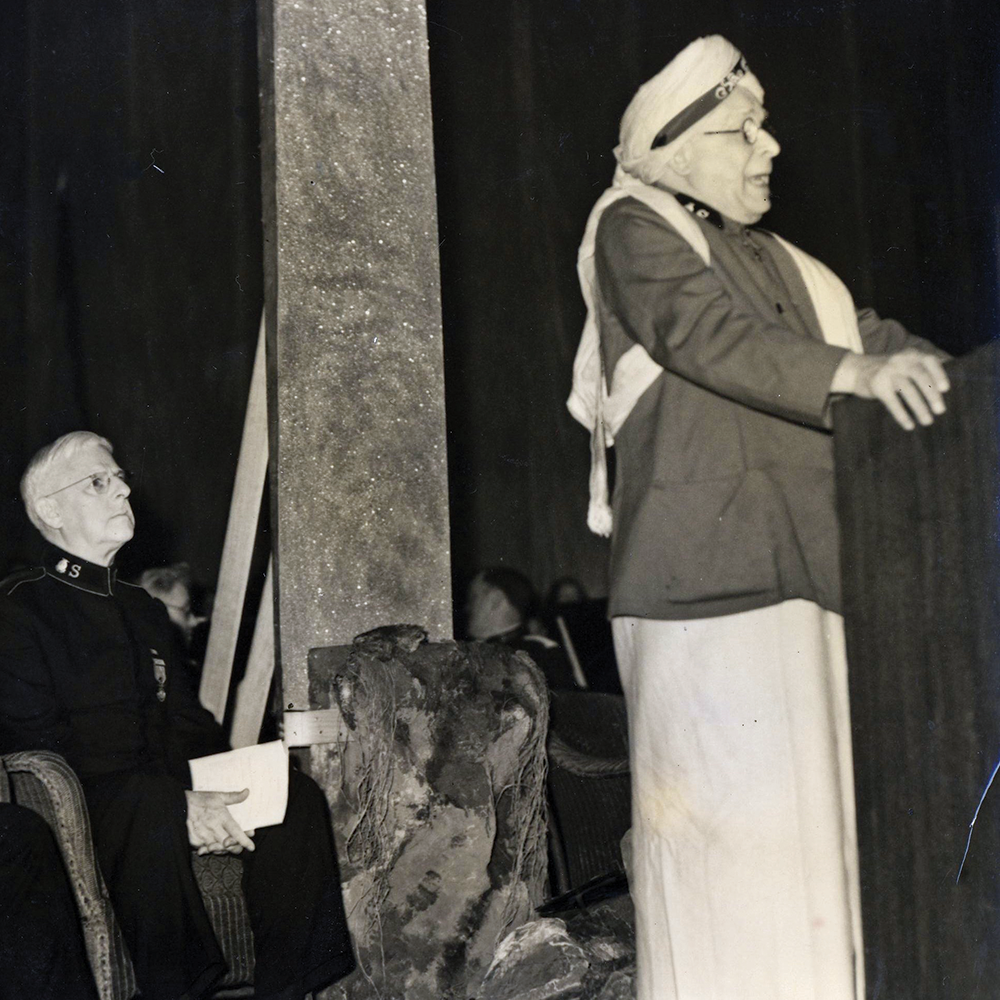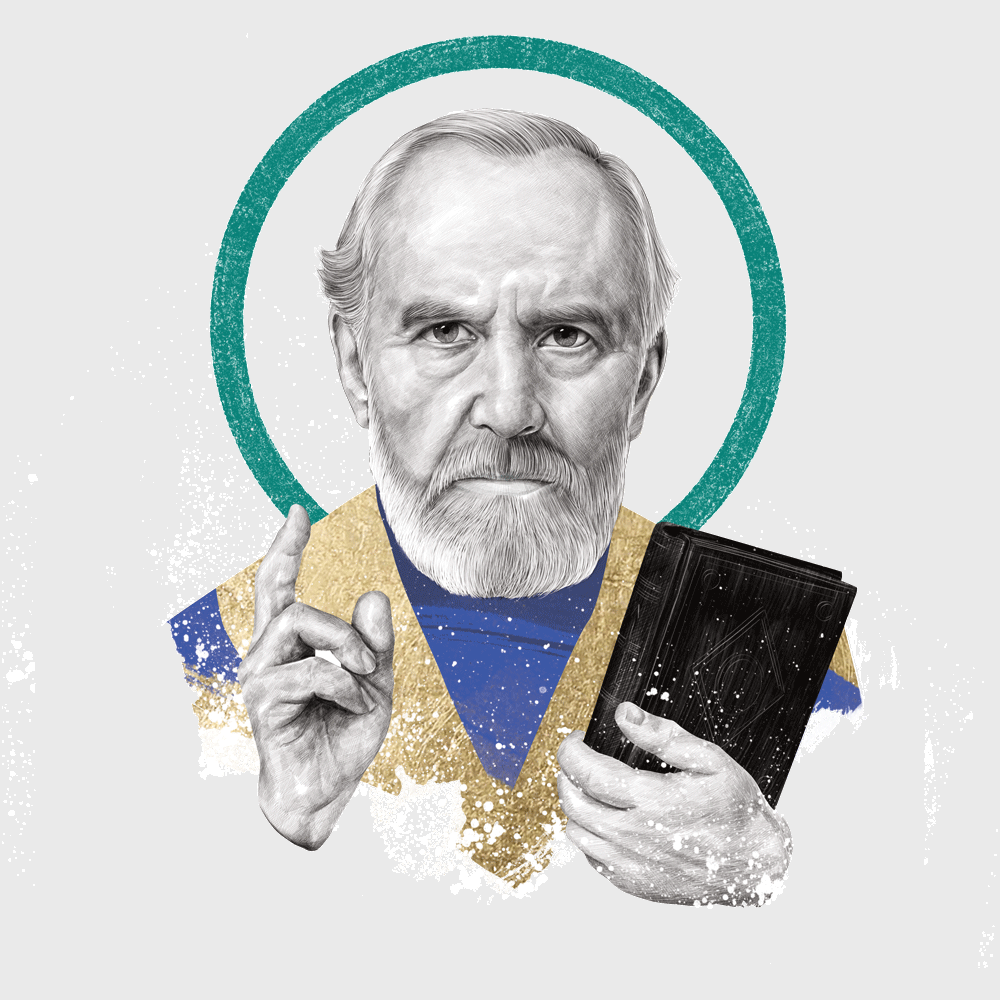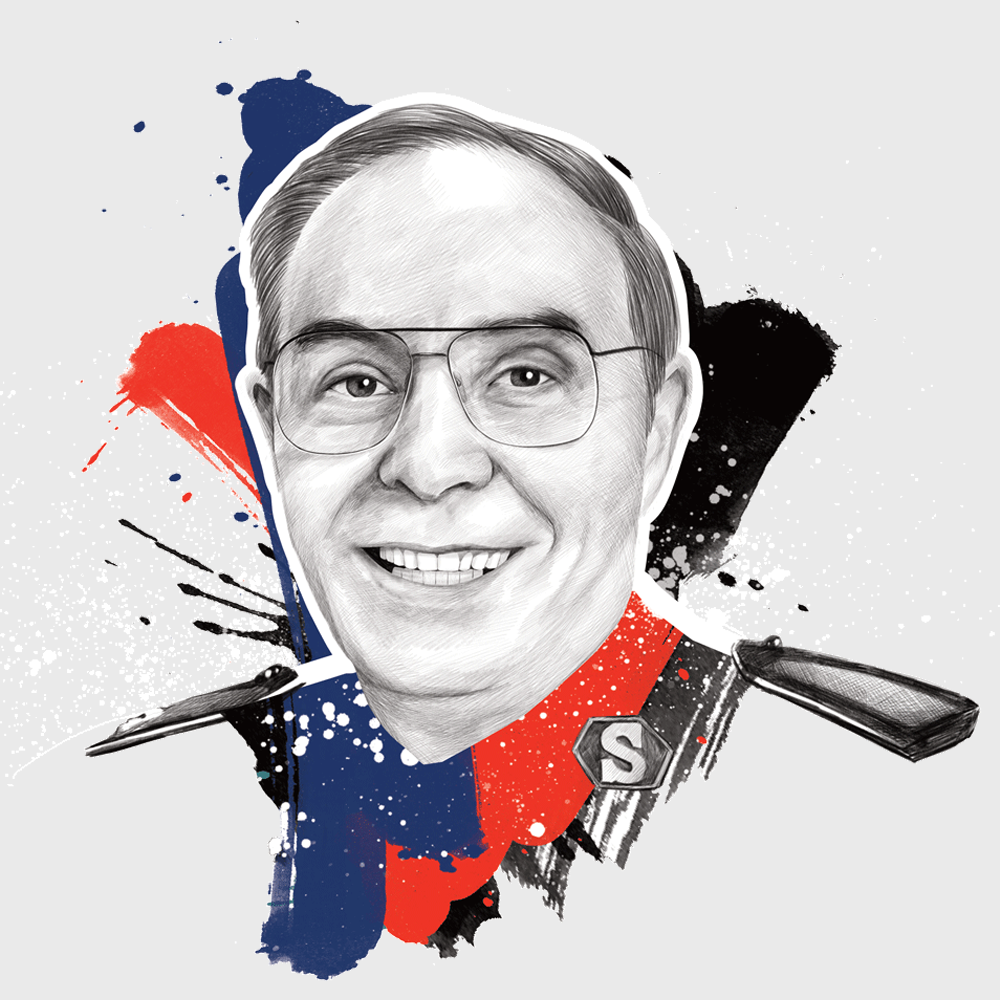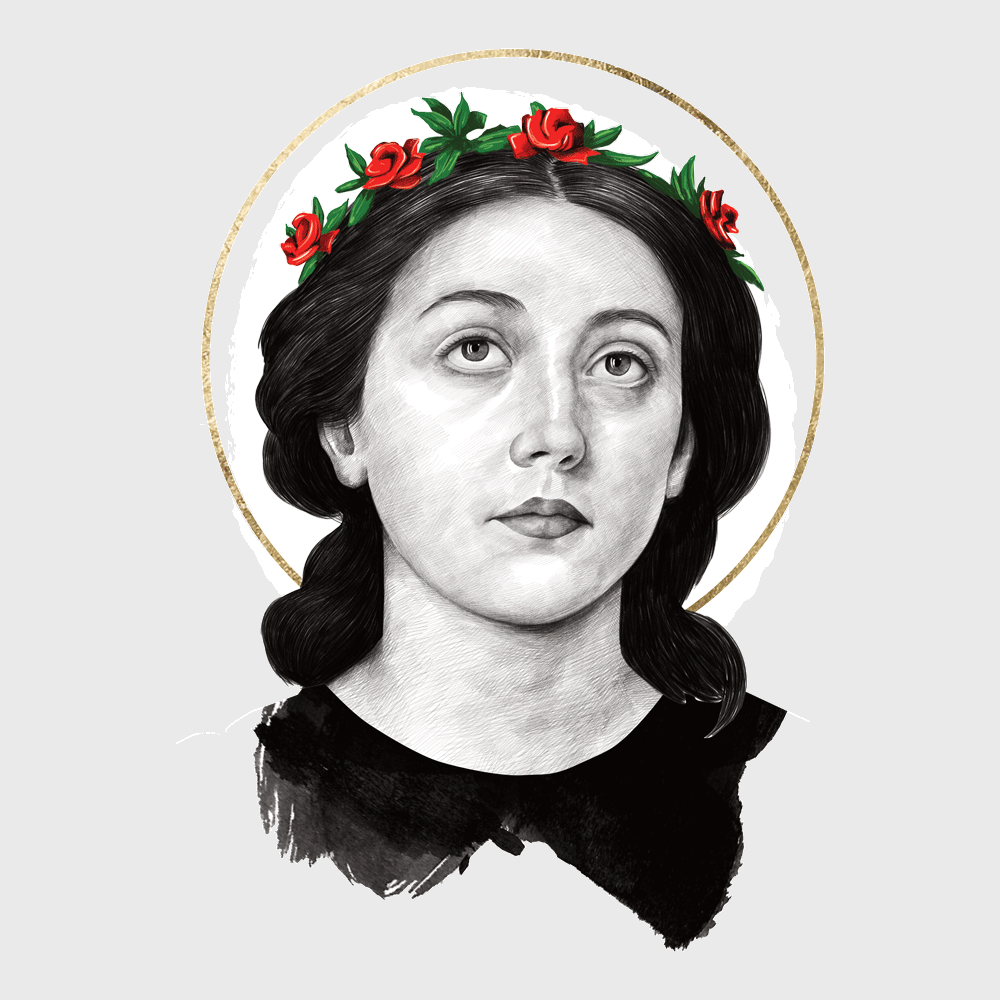Lieutenant Colonel Harry Andrews
Beginning as a young passionate boy, “The Brave One” has led the way for many others.
When Bramwell Booth, son of General William Booth, promised to care for a dying mother’s baby boy he could not have imagined the tiny infant would become a nineteenth-century missionary with the given Indian name, Sekundar (The Brave One).
INDIA
At the age of 15, Harry Andrews begged to accompany Emma Booth, Bramwell’s sister, to India. Soon afterwards the gift of some dental instruments, sent to him in India from Bramwell
Booth, set Harry on a course of practical helpfulness to the needy. In Bombay, dirt, poverty and pain were all around him.
OFFICERSHIP
At age 17 Harry became an officer in The Salvation Army. He was appointed to assist Major William Stevens, whose wife noticed Harry’s practical sympathies and his desire to relieve suffering. She said, “The boy wants to heal bodies and I’m going to make it easier for him. He shall have that little bathroom at the end of the *veranda for a dispensary.” This was the humble beginning in Southern India of Salvationist medical service.
A BATHROOM
The amateur dispensary in the bathroom was set up in 1893. Patients walked many miles to seek help from young Harry who had a heart to care for their needs. It was a severe outbreak of cholera that first constituted Harry’s call to an even wider field of medical work. Gathering a few simple remedies, he went from village to village ministering to the sick and dying. To see suffering was to him a call to try to remedy it. From a neighboring hospital he sought medicine and advice, and constant practice in all kinds of emergencies soon furnished him with valuable experience.
When news of Harry’s skill was reported to The Salvation Army London Headquarters, Bramwell Booth thought it worthwhile to bring the young officer to England to take a medical course in a London hospital. Returning to India in 1896, Harry learned from Major Stevens that a friend had given 50 pounds to purchase a piece of land where a proper medical facility could be built! Visiting the chosen site, both men knelt in the open country to seek divine blessing on the project.
THE CATHERINE BOOTH DISPENSARY
The facility was built—a whitewashed mud-walled building with a grass-thatched roof. It was named the Catherine Booth Dispensary. As the work grew, a larger building became necessary. Harry found a site, designed the new building and helped to dig its foundations.
DOCTOR TURNER
Harry heard of Captain Percy Turner, a young English doctor who was now an officer appointed to corps work in London. Determined to seek him out, Harry described to him the medical needs in India, and asked Bramwell Booth to persuade William Booth to appoint Captain Percy as the first qualified medical officer to the Catherine Booth center at Nagercoil. In time, Dr. Turner took charge of the institution that had grown out of Harry Andrews’ bathroom dispensary.
MARRIAGE
In 1899, Harry married Ensign Gena Smith who had shared his childhood home in the nursery established by Emma Booth. Bearing the Indian name of Devalee, signifying “Light,” his bride felt there could be no more suitable a partner than the fellow-missionary she had known and admired for so long.
Believing his “medical” service had come to an end, Harry was transferred to West India, taking up the ordinary duties of an officer. However a famine and plague moved him to do all he could for the sick in the area. Harry could not refuse to treat those who sought his help.
THE EMERY HOSPITAL
The need for accommodation was clear, and a hospital site was chosen. Money was donated, and Harry found himself to be the architect, surveyor, and head foreman of a gang of women who were committed to help him build the new hospital that was established in 1903 as the Emery Hospital. Harry’s time was divided between supervising the building of the hospital, and caring for the sick. Once again, he withdrew in favor of a qualified doctor.
Bramwell Booth had watched Harry’s work in India, and arranged for him to get his degree in medicine and surgery at the Illinois University in America. In what spare time he had, he took any sort of job that would earn money to pay his fees.
A QUALIFIED DOCTOR
Qualified as a doctor at last, Harry Andrews returned to India in 1912. Thanks to another generous donation, another hospital was opened in 1913
called the Thomas Emery Hospital. Under the energetic and able supervision of “Dr. Sekundar,” the buildings attracted the admiration of all visitors.
Major-General Sir Patrick Hehir wrote in The British Medical Journal:
“He was a man with broad human sympathies…loved by the poor, and their care, comfort and treatment were meticulously attended to in his hospital. He was a good operator, and crowds of people flocked from various parts of the Moradabad district to be treated by him.”
A MILITARY ROLE
At the end of the war, when trouble arose with tribes on the northwest frontier of India, the military authorities requisitioned the help of Dr. Andrews (now a Lt. Colonel in The Salvation Army). He was given the military rank of temporary Captain.
On October 22, 1919, word reached Andrews that a convoy was being attacked. Realizing many would be wounded, he immediately took out an aid post to the scene of action. Under heavy fire, he established the post under conditions that afforded some protection to the wounded, but not to him.
A SACRIFICIAL DEATH
In his book, The Story of the Victoria Cross, Sir John Smyth writes, “Captain Andrews, quite regardless of his own danger, had only one thought, to collect the wounded, dress their wounds and send them up the line in some vans to the field hospital. A number of his assistants—and also some of the wounded—were killed, but Captain Andrews seemed to bear a charmed life, but just as he stepped into the last van on completion of his task he was killed.”
Such was the selfless, God-fearing, compassionate man to whom The Salvation Army owes the foundation of its medical work. Beginning as a young passionate boy, “The Brave One” has led the way for many others.
Source: It Began With Andrews: The Saga Of A Medical Mission by Miriam Richards
* A veranda is a porch.
This article was originally published in the May 2016 issue of YS.



